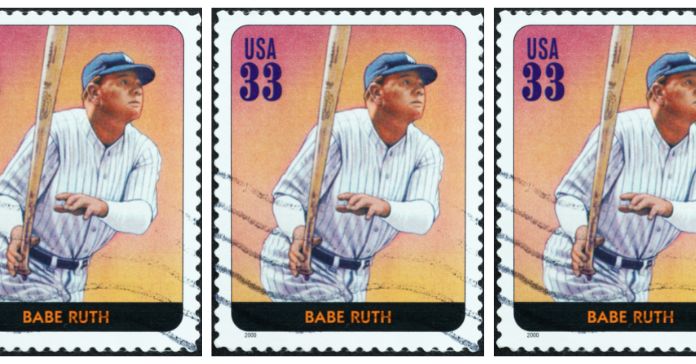
Sports card grading can be a little intimidating, especially if you’re unfamiliar with how the process works. The idea of sending off your most prized possessions to be carefully examined by experts is a little strange, but it may be worth your time! Read on to learn a brief overview of sports card grading for beginners.
Understanding the Scales
The leading grading companies (BGS and PSA) use a 10-pint scale to grade cards, although BGS uses half-points while PSA uses whole points. Cards rated at a nine are “Mint,” which is the descriptor given to cards fresh out of a pack. Keeping cards in such great shape is challenging, but some people manage to!
Cards that wind up with a perfect 10 are “Pristine,” and that’s a hard level to attain. Not every card is pristine inside an unopened pack—it comes down to the printing itself.
The Key Factors
The four key factors to understand with card grading are the most important things. These factors are centering, edges, corners, and surface. Each of those categories gets graded on a 10-point scale, and then graders combine and average those four totals to determine a final grade (which we discussed in the previous section).
- Centering: Centering is a tough grading criterion because there’s nothing you can do about it. Slight differences in the printing process can make or break this category—a perfectly centered card has even borders on all sides.
- Edges and Corners: Edges and corners are all about condition. When there are scuffs or dings along the edges or the corners aren’t sharp, your card will lose points.
- Surface: Surface quality covers everything from color to scratches and scuffs. The best way to keep your card’s surface pristine is to put it into a sleeve as soon as you open the pack.
Why Bother With Grading
Card grading isn’t for everyone. Some people aren’t interested in selling cards in their collection, so grading becomes less of a requirement. However, getting vintage cards graded is a fantastic idea if you think you’ll ever sell your collection. Buyers don’t want to risk purchasing an ungraded card, so you’ll cut yourself off from many potential sales if you don’t get your cards graded.
Now that you have this brief overview of sports card grading for beginners, look over your collection and see if you have any cards that could score a Mint or Gem Mint grade! If any of those cards are rare, consider sending them away for grading—you never know how much money you have hiding in those dusty boxes.







